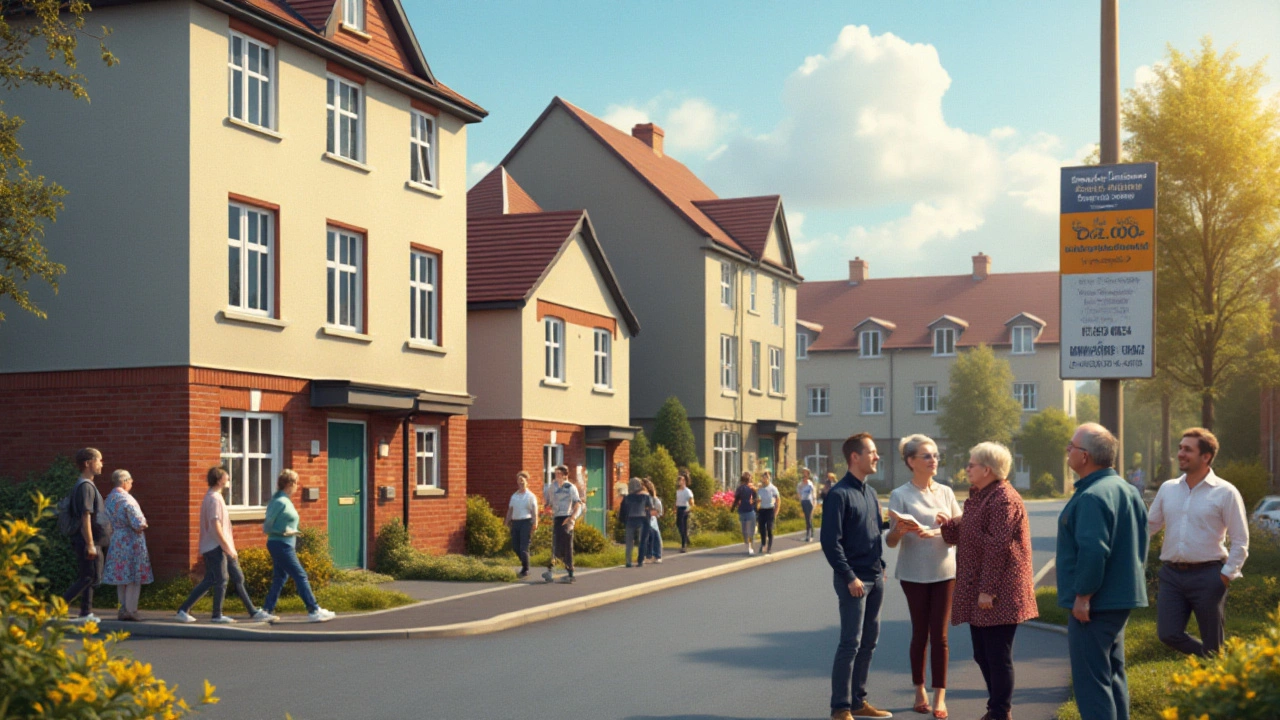Housing Market 2025: What Every Buyer, Renter, and Investor Should Know
Trying to figure out where the housing market is headed? You’re not alone. Prices, mortgage rates, and rental returns are all moving, and a few clear facts can keep you from guessing.
First off, the overall market is still in a recovery phase after the last rate hikes. That means prices are rising, but not at the panic‑buying speed we saw a few years back. Expect modest growth in most regions, with hot spots like London staying pricier while secondary towns show better value.
Current Trends and Price Outlook
Mortgage rates have settled around 5‑6% for a typical 30‑year loan. That rate is higher than the historic low, so you’ll need a slightly larger income to afford the same house you could a year ago. Use a simple affordability calculator: multiply your monthly gross income by 0.3 – that’s roughly the safe rent or mortgage payment.
Rental yields are looking healthier, especially in cities where demand outstrips supply. A 5‑7% gross yield is common for a two‑bedroom flat in the Midlands, while prime London still hovers near 4% after you factor in higher purchase prices.
Shared ownership is gaining traction as a bridge between renting and full buying. You purchase a share—often 25‑75%—and pay rent on the remaining part. It lowers the deposit needed, but remember you’ll still be responsible for mortgage, rent, and service charges on the whole property.
Practical Tips for Buyers, Renters, and Investors
If you earn £36,000 a year, a realistic house price sits around £150‑170k, assuming a 10% deposit and the current rates. Boost your chances by saving a larger deposit; each extra 1% cuts your monthly payment noticeably.
Credit scores matter more than you think. Aim for at least 680 if you want competitive mortgage offers. Even a small bump can shave hundreds off your interest over the loan term.
First‑time buyers should look into government schemes like Help to Buy or regional down‑payment assistance. These programs can shave £5‑10k off the deposit you need, but read the fine print—some come with price caps or resale restrictions.
Investors focused on rental profit should target properties that deliver at least a 6% net yield after expenses. Check the local rental market, calculate expected void periods, and factor in council tax and maintenance.
Considering a no‑money‑down purchase? It’s possible, but usually involves higher interest rates or a guarantor. Weigh the risk of higher monthly costs against the benefit of getting on the ladder sooner.
Finally, don’t overlook the hidden costs: stamp duty, legal fees, moving expenses, and future maintenance. Adding these to your budget prevents nasty surprises once the keys are in your hand.
Bottom line: stay realistic about what you can afford, keep an eye on rates, and use tools like affordability calculators, credit checks, and yield calculators to back up every decision. The 2025 housing market isn’t a mystery—just a set of numbers you can understand and work with.




